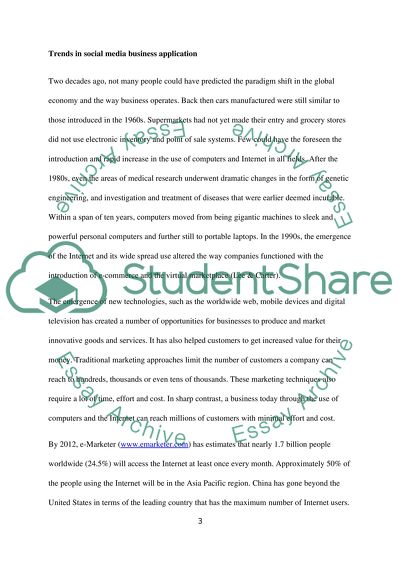Cite this document
(“Impact of Social Media in International Marketing Research Paper”, n.d.)
Retrieved from https://studentshare.org/marketing/1393663-impact-of-social-media-in-international-marketing
Retrieved from https://studentshare.org/marketing/1393663-impact-of-social-media-in-international-marketing
(Impact of Social Media in International Marketing Research Paper)
https://studentshare.org/marketing/1393663-impact-of-social-media-in-international-marketing.
https://studentshare.org/marketing/1393663-impact-of-social-media-in-international-marketing.
“Impact of Social Media in International Marketing Research Paper”, n.d. https://studentshare.org/marketing/1393663-impact-of-social-media-in-international-marketing.


